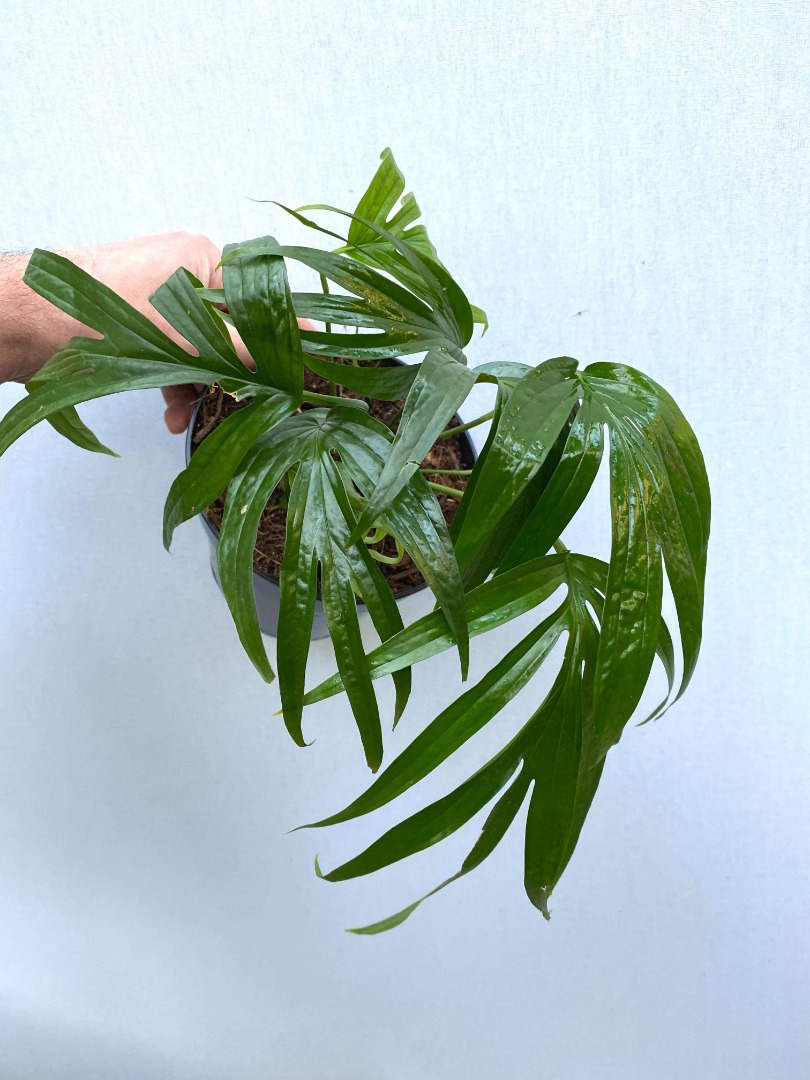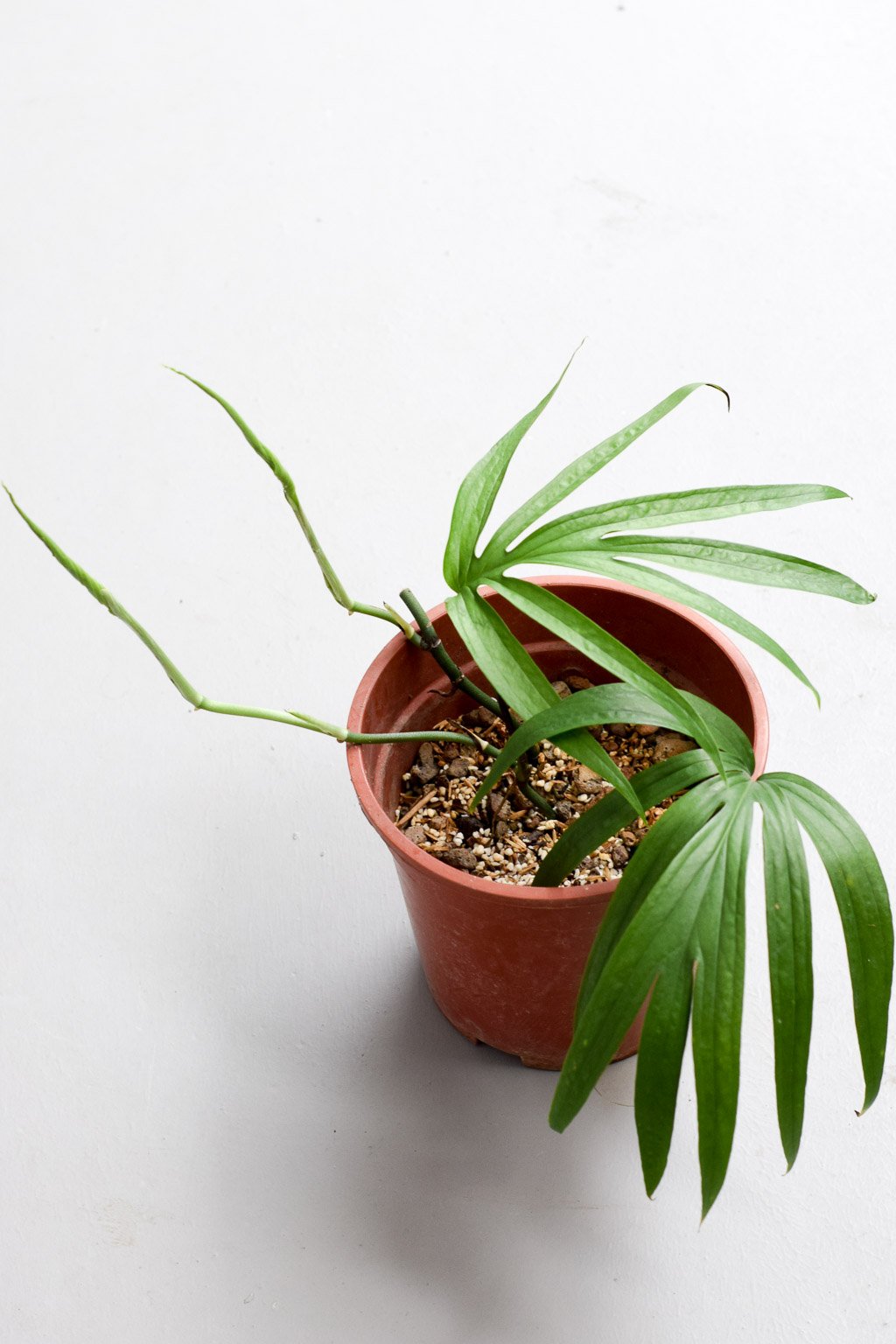Amydrium Zippelianum
Amydrium zippelianum, also known as the palm-like aroid, is a unique plant that is popular among plant enthusiasts. With its striking appearance and exotic feel, this plant is a must-have for anyone looking to add an interesting touch to their home or garden.
Pain Points of Amydrium Zippelianum
One of the biggest pain points of amydrium zippelianum is its rarity and high cost. Due to its popularity and limited availability, it can be difficult to find this plant without paying a premium price. Another issue with this plant is its care requirements. With its specific light and watering needs, it can be a challenge for beginners to keep it alive and thriving.
Target of Amydrium Zippelianum
Amydrium zippelianum is mainly targeted at plant collectors and enthusiasts who are looking for something unique and exotic to add to their collection. It is also popular among interior designers and homeowners who want to add a touch of green and sophistication to their living spaces.
Summary of Amydrium Zippelianum
In summary, amydrium zippelianum is a beautiful and unique plant that can add interest to any space. While it may be a bit difficult to care for and acquire, it is a great addition to any plant collection or interior design scheme.
Personal Experience with Amydrium Zippelianum
As a plant enthusiast, I was immediately drawn to the beauty and uniqueness of amydrium zippelianum. After searching for months, I was finally able to acquire one for my collection. While I struggled with keeping it alive at first, I eventually found the perfect balance of light and water that allowed it to thrive. Now, it is one of my favorite plants to admire and care for.

Caring for Amydrium Zippelianum
Amydrium zippelianum prefers bright, indirect light and should be watered when the top layer of soil feels dry. It is important to not overwater this plant, as it can lead to root rot. Humidity is also important for this plant, as it is native to rainforests. Consider placing a humidifier or pebble tray nearby. Fertilize every 2-3 months during the growing season.

Propagation of Amydrium Zippelianum
Amydrium zippelianum can be propagated through stem cuttings in water or soil. Choose a healthy branch and make a clean cut just below a node. Place the cutting in water or soil and keep it moist until roots form.

Frequently Asked Questions about Amydrium Zippelianum
Q: Is amydrium zippelianum a difficult plant to care for?
A: Yes, it can be a bit difficult to care for due to its specific light and watering requirements. However, with the right care, it can thrive.
Q: Is amydrium zippelianum toxic to pets?
A: Yes, this plant is toxic to pets and should be kept out of reach of animals.
Q: Can amydrium zippelianum be grown outdoors?
A: While it prefers indoor conditions, amydrium zippelianum can be grown outdoors in warm, humid climates.
Q: How often should amydrium zippelianum be fertilized?
A: Fertilize every 2-3 months during the growing season.
Conclusion
Amydrium zippelianum is a unique and beautiful plant that can add interest to any space. While it may be a bit difficult to find and care for, it is a great addition to any plant collection or interior design scheme. Keep in mind its specific care requirements and enjoy the exotic feel it brings to your home or garden.
Gallery
Amydrium Zippelianum, From The Naked Collection | PINE SG

Photo Credit by: bing.com / amydrium
Amydrium Zippelianum | Plants, Plant Life, Foliage Plants

Photo Credit by: bing.com / plants garden green foliage mazza giuseppe trees stfi re tropical nature
Amydrium Zippelianum, A Rare Aroid That Resembles A Palm!

Photo Credit by: bing.com /
Amydrium Zippelianum - BIJZONDERE PLANTEN - Nelumbogarden

Photo Credit by: bing.com / amydrium planten
Amydrium Zippelianum 4 - Raritäten - Nelumbogarden

Photo Credit by: bing.com /